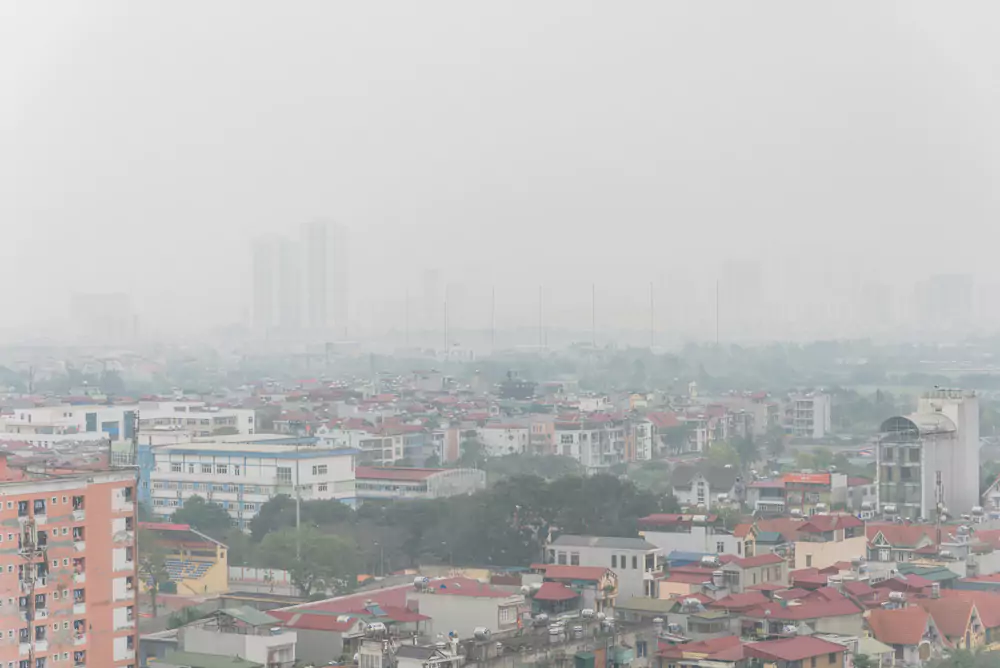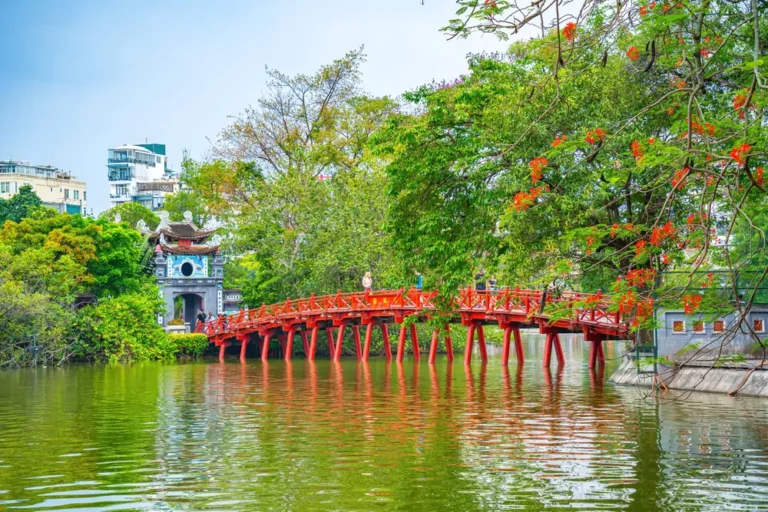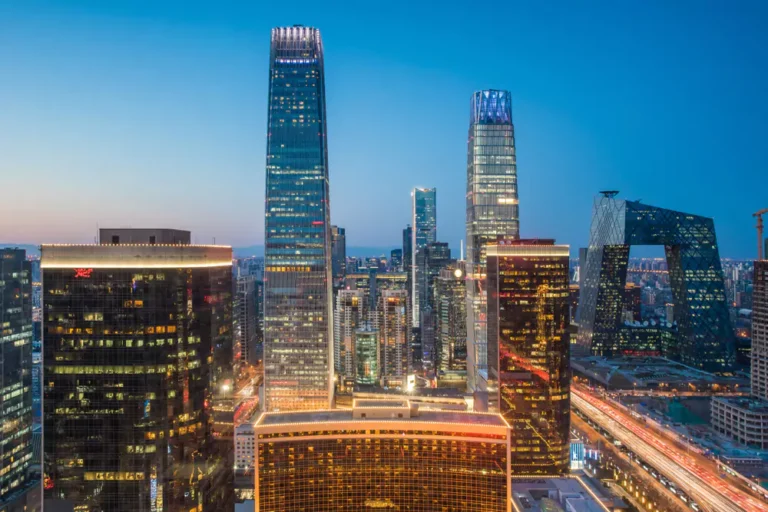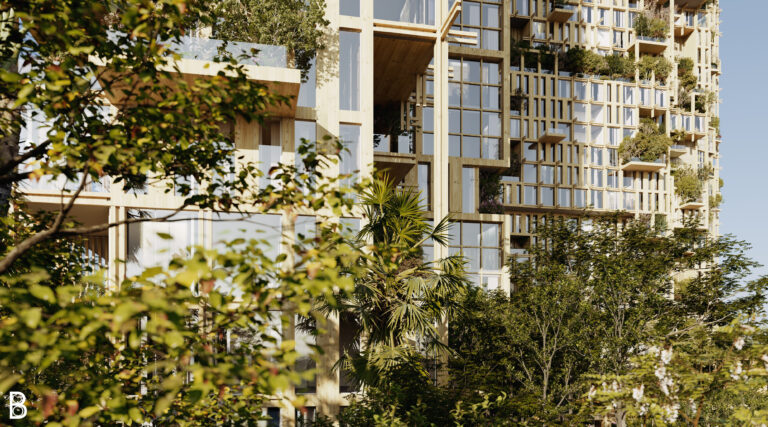Designing resilient cities: Hanoi’s path to sustainable urban living amidst pollution challenges
Hanoi’s worsening annual toxic smog is highlighting the pressures of balancing sustainability commitments with rapid economic growth

Vietnam’s capital blanketed by toxic smog. Hanoi declared the world’s most polluted city. Nine million people choking in a soup of hazardous air!
Just a few headlines from January this year. The last one is courtesy of The Sun, a reliably sensationalist UK tabloid—but the reality wasn’t much better. For years, Hanoi has ranked among the world’s most polluted cities, with PM2.5 levels routinely exceeding safe thresholds.
In early 2025, conditions hit a new low. Air quality readings soared above 300 on multiple days, deep into hazardous territory, with PM2.5 levels reaching more than six times the WHO’s recommended limit. Ho Chi Minh City fared little better, recording pollution levels eleven times beyond WHO guidelines in early 2025.
Vietnam’s air pollution crisis risks affecting every aspect of city life, from urban living to investment sentiment and real estate development. While its major cities remain economic powerhouses, worsening air quality is making homebuyers more cautious and pushing businesses to reassess their locations.
“I’ve not heard of anyone moving to a different part of Hanoi because of pollution,” says longterm expat resident Ian Paynton. “During certain seasons, the whole city is affected. But I have seen people—especially foreigners with fewer family ties—eventually have enough of Hanoi’s air quality and relocate to other parts of Vietnam.”
But for the millions who call Hanoi home, escaping pollution isn’t an option. A decade of rapid urbanisation and economic expansion has come at a cost. Factories, coal-fired power plants, and construction sites continue to spew fine particulate matter into the air, while millions of cars and motorbikes—many with outdated engines—choke Vietnam’s streets.
Green space is disappearing too. In Hanoi, residents have just 2.2 square metres of greenery per person, well below the United Nations’ recommended minimum of nine, the country’s Minister of Construction Nguyen Thanh Nghi noted in 2023.
These factors have pushed air pollution to record highs, worsened by transboundary haze from neighbouring countries.
I have seen people—especially foreigners with fewer family ties—eventually have enough of Hanoi’s air quality and relocate to other parts of Vietnam
Public health experts have long warned of the consequences. Pollution-related illnesses— including respiratory infections, strokes, and cardiovascular diseases—contribute to an estimated 70,000 deaths annually in Vietnam, according to the United Nations Development Programme.
Still, the long-term effects on productivity, tourism, and investor confidence remain uncertain. While property prices in Hanoi and Ho Chi Minh City have held steady, buyers and investors are becoming more selective.
“In the short term, air pollution hasn’t significantly impacted demand or pricing,” says Hang Dang, managing director at CBRE Vietnam. “Hanoi and Ho Chi Minh City remain key growth hubs, but wellness features are shifting from a ‘nice-to-have’ to a ‘must-have’ in new developments.”
This shift is most visible in residential real estate, where homebuyers increasingly prioritise green spaces, outdoor areas, and air filtration systems. In Ho Chi Minh City, several new projects in 2023 and 2024 launched with low-E glass, water filtration systems, and rooftop gardens as standard— features once reserved for high-end luxury properties but now expected across the market.
Developers are also marketing suburban and retreat-style projects that promise cleaner air and a better quality of life. While air quality is becoming a factor in lifestyle choices, it has yet to significantly sway broader investment trends.
“There’s no clear sign that investors are avoiding Vietnam due to air quality,” Dang notes. “At the moment, location, connectivity, and surrounding amenities still take priority.”
However, she adds that sustainability is becoming an important differentiator, particularly in commercial real estate. Green-certified office buildings in Hanoi and Ho Chi Minh City are gaining a competitive edge, with major landlords retrofitting properties to meet growing ESG (Environmental, Social, and Governance) demands.

ESG goals are already a top priority for REITs and property funds, with investment increasingly tied to long-term sustainability commitments. In response, major landlords in Hanoi and Ho Chi Minh City are retrofitting properties with energy-efficient cooling, air filtration, and LEED certification upgrades to stay competitive.
“This is no longer a secondary concern— developers that fail to align with ESG principles risk being excluded from international investment flows,” says Xuan Pham, senior director and head of business development services at Cushman & Wakefield Vietnam. As businesses push to meet 2030 carbon neutrality targets, she notes, developers and property owners are under mounting pressure to attract global capital through ESG compliance.
Vietnam now has around 430 green-certified buildings, according to a 2024 Cushman & Wakefield report, spanning international standards like LEED, EDGE, and Green Mark. Still, Pham highlights that this remains modest compared to the country’s total building stock.
“Funds are now actively limiting investment into projects without clear ESG implementation plans,” she adds. “The market is moving fast, and developers must adapt to stay competitive.”
Despite these advances, Vietnam has yet to produce a single net-zero building. With carbon neutrality deadlines fast approaching, developers must accelerate sustainability efforts or risk losing relevance in an ESG-driven market.
Of course, private-sector efforts can only go so far. Without stronger government intervention, urban emissions will continue to rise.
At the national level, Vietnam has introduced the National Roadmap and Action Plan for the Electric Mobility Transition, which aims to phase out fossil-fuel-powered transport. Under this plan, the government is targeting 50 percent of buses and all taxis to be electric by 2030, progressing toward full electrification of road vehicles by 2050. “This is the responsibility of the state to the people, and there must be specific and timely actions,” Deputy Prime Minister Tran Hong Ha told Tien Phong in January.
Hanoi and Ho Chi Minh City, meanwhile, are struggling to implement local solutions to urban emissions. Their long-delayed metro projects were designed to reduce congestion and pollution, yet progress has been sluggish. Ho Chi Minh City’s first metro line finally opened in late 2024, but additional lines may not be completed before 2030. Hanoi, meanwhile, is only now breaking ground on two key metro lines.
Beyond transport, Hanoi’s long-term master plan includes sustainability pledges, from expanding green spaces to improving wastewater treatment. But as urbanisation accelerates, these commitments risk being overshadowed by the pressures of rapid economic growth.
For now, Vietnam’s real estate sector remains resilient. But as air pollution persists, developers who prioritise sustainability will be better positioned to attract buyers and investors. Those who don’t risk falling behind. Meanwhile, policymakers face a growing challenge: balancing urban development with the need to address environmental decline in the country’s major cities.
For residents, though, the crisis isn’t about long-term policy shifts or investment trends— it’s about the daily reality.
“I can’t tell if the air quality has got worse over time, or if I’m just more aware of it and concerned about it as I get older,” says Paynton. “And because it’s only at its worst for a few months at a time, it’s quite easy to forget how bad it is until it comes back around.”
That cycle of forgetting may help explain the slow pace of action. But while Hanoi’s smog lifts with the seasons, the broader crisis isn’t going anywhere. The real question is whether Vietnam is finally ready to confront it.
The original version of this article appeared in PropertyGuru Property Report Magazine Issue No. 189 on issuu and Magzter. Write to our editors at [email protected].
Recommended
Designing resilient cities: Hanoi’s path to sustainable urban living amidst pollution challenges
Hanoi’s worsening annual toxic smog is highlighting the pressures of balancing sustainability with rapid economic growth
ARES White Paper Volume 3: The era of adaptive reinvention
Pioneering sustainable and innovative practices in urban development
ARES White Paper Volume 2: Unravelling the power of data revolution in real estate
Insights on proptech, smart cities, and sustainable development
ARES Digital White Paper Volume 1: The fundamentals of responsible building
Green and climate heroes join forces to discuss how Asia Pacific can weather the current environmental crises and the looming effects of climate change







